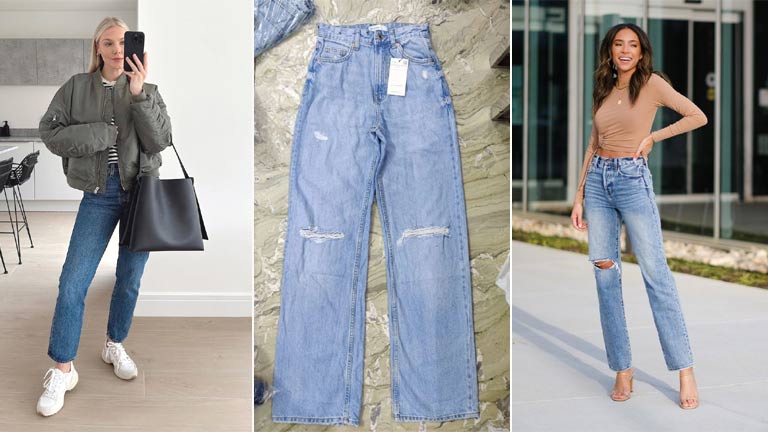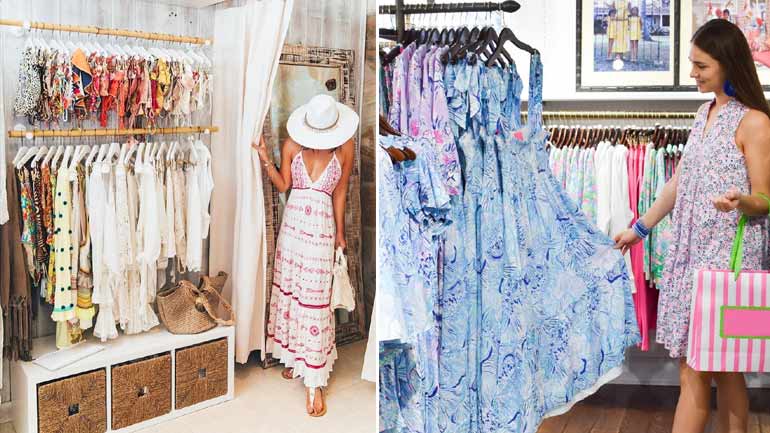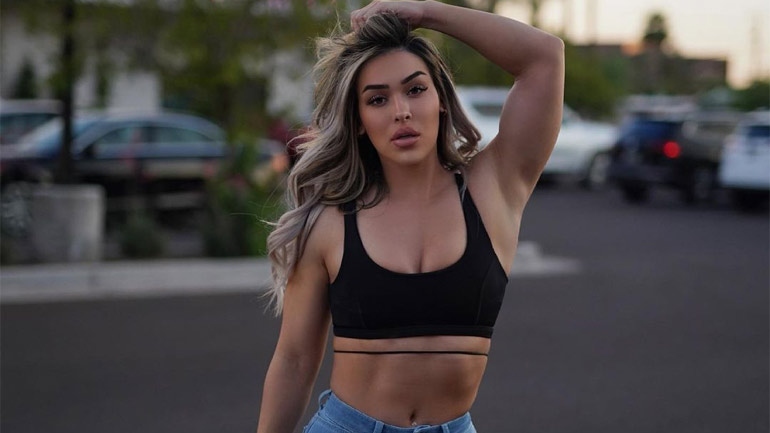
Properly fitted dancewear is one of the most important tools in dance education. The fit of this apparel helps the instructor ensure your dancer’s feet and body remain properly aligned. This, in turn, prevents injury and helps ensure proper movement. The apparel also provides the dancer with a streamlined and graceful appearance.
So, how do you ensure your dancer has the proper fit for their dance apparel? Following are the tips on dancewear.
Leotard Fit
Ballet leotards are meant to fit snugly on the body, providing a second skin. They should not bunch, roll or bind. Lycra in the material enables the fabric to move with the body while providing the quintessential, streamlined look of a training ballet dancer.
The fit of a leotard should appear snug but not tight. There should not be any gaping at the neckline, sleeves, or legs. The fabric should never appear baggy. Many parents first think a properly fitted leotard is too small. But the fit is too snug only when the seams or material digs into the shoulders or pulls up too much at the legs.
Properly fitted, the leotard should stay close to the body and accentuate movements. Look at the back of the leotard to see if there is excess material at the waist, a sure sign that the size is too large. No fabric should wrinkle up during movement.
It is also not a good idea to buy a larger size than the child needs to keep up with your child’s growth. Dancing in clothing only slightly too big can lead to injuries. By the time the child grows into the larger size, it will still be time to buy a new one because of excessive dancewear.
Cardigan Fit
Dancers in cooler climates or during fall and winter months often wear crossover cardigans over their leotards. But these articles must be carefully washed and dried according to their instructions. Most should not be tumbled dry. This breaks down the cardigan shape and fit.
Crossover cardigans feature 3/4 sleeves. You should not buy one where the cuff reaches farther down the arm or to the wrist. Although it appears the garment has shrunken because of the sleeve length, this style is important to proper movement during the dance.
Cardigans should also fit very close to the body, like skin over the leotard. The instructor must see the body’s movement and alignment to help the dancer avoid injury or improper form.
Well fitted, a crossover cardigan must tip onto the hips. The tie fits neatly around the waist. There should be no excess material in the sleeves or body of the cardigan, particularly at the back.
Ballet Shoe Fit
Different styles and materials of ballet shoes fit the foot differently. It is best to find a brand that you like and stick with it in order to get to know the proper fit according to that brand. Some brands work best on wider feet, whereas others are better for narrow.
Ballet shoes must be flattering and properly fitted to allow room for the toes but no gaps on the sides. Toe joints should never bend to fit in the shoe. Excess material is a big no-no in dance shoes. This can cause tripping and injuries. The dance instructor cannot see form well enough in larger shoes to help the dancer execute properly. Correctly sized ballet shoes are comfortable.
Seek Guidance from Your Dancewear Store
You should ask the store experts of body things dancewear to know which dancewear will suit you. Your dance apparel store is one of your best resources for properly fitting clothing and shoes. You can also try to schedule a fitting with the dance teacher.




